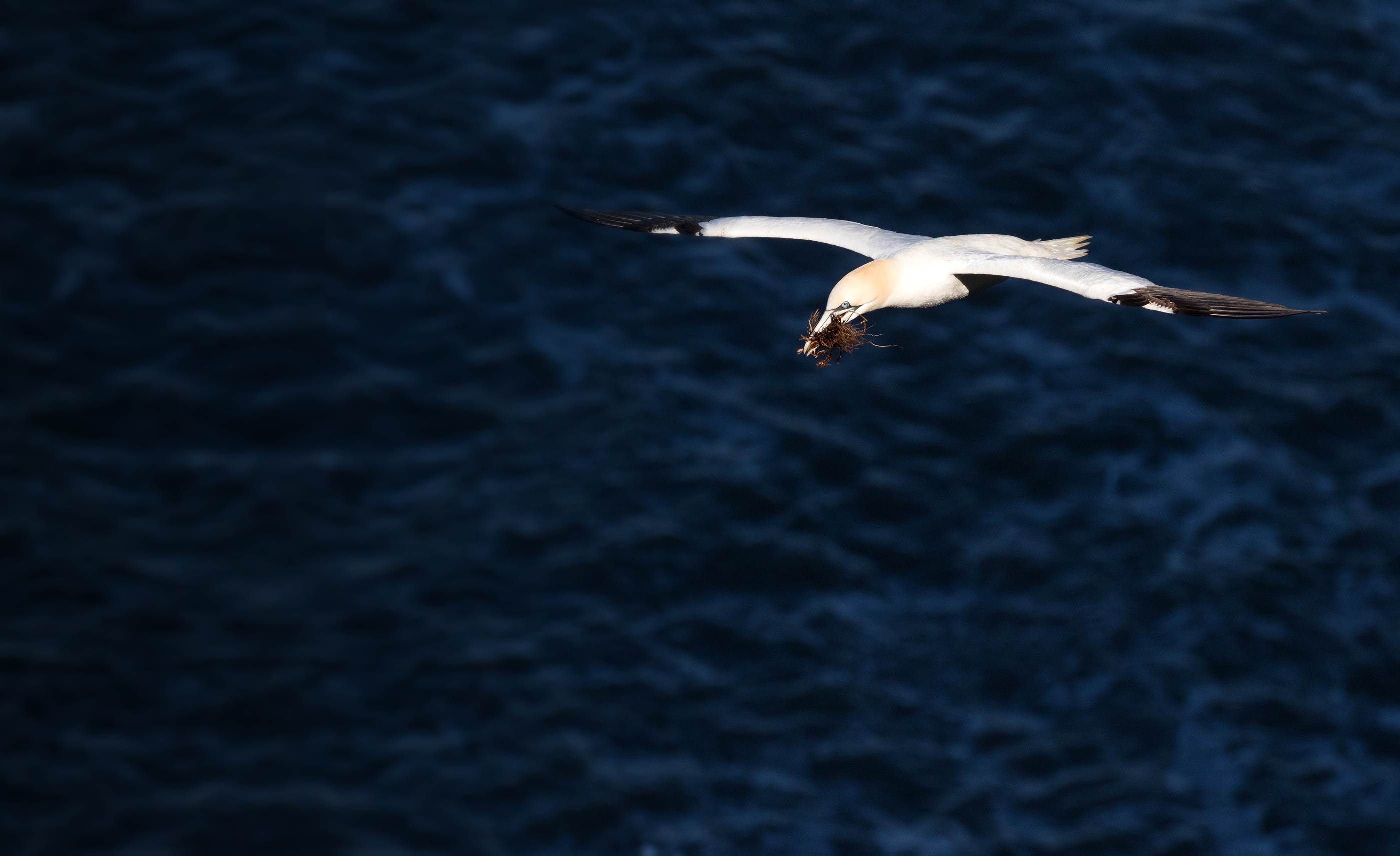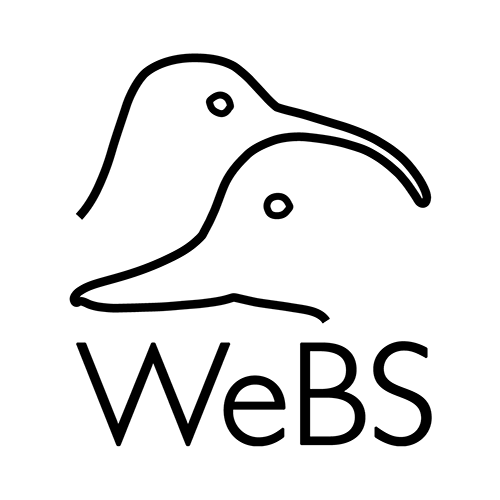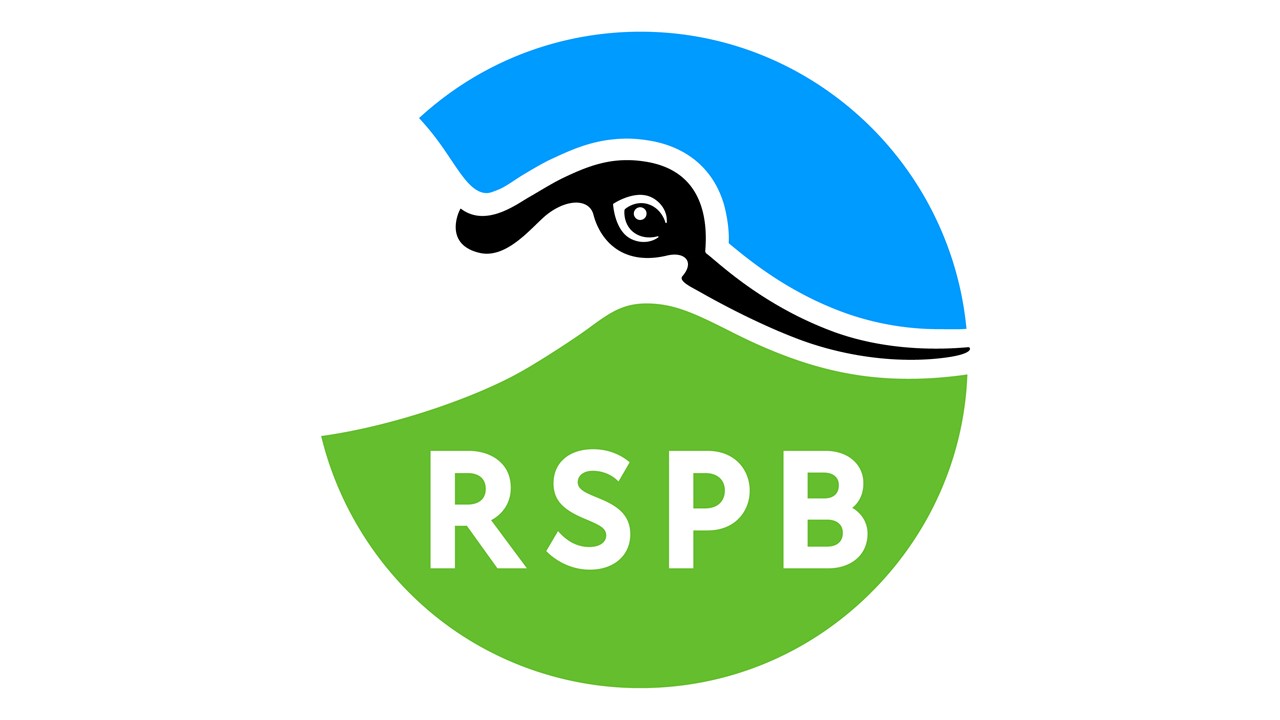Greylag Goose populations
WeBS treatment of Greylag Goose populations:
- Reports to 2008/09 - Icelandic Greylag goose, Northwest Scotland Greylag Goose & re-established Greylag Goose.
- Reports from 2009/10 - Icelandic Greylag Goose & British/Irish Greylag Goose
- Reports from 2011/12 - As above with the addition of 'unspecified' Greylag Goose.
Detail:
Two populations of Greylag Goose Anser anser occur in the UK, these being the migratory Icelandic population and the resident British/Irish population. Although the latter may migrate within the UK, there is no evidence of international movements for this population. Formerly, the British/Irish Greylag could be itself separated into two distinct populations based on geographic range, these being the relict native population restricted to Northwest Scotland, and the population of re-established birds largely restricted to England. However, with both the resident populations expanding their ranges by winter 2009/10 rising levels of range overlap had made separate reporting of these two populations, indistinguishable in the field, untenable and from that winter onwards the two populations havesince been considered as merged. See MItchell et al. (2012) for further background on merging of Greylag Geese in Britain.
The Icelandic and British/irish birds are indistinguishable in the field and range overlap between them is extensive. This makes it impossible to assign individuals to one or the other population over much of the UK with complete confidence. During the 'Summer' months (May to September) it is reasonable to treat all Greylags in Britain and Ireland as belonging to the British/Irish population. It is also reasonable to treat Greylags recorded during the winter in Wales and the South and East of England as belonging the the British/Irish population. Currently, winter numbers of occuring on sites in Scotland other than the core range of the Northwest Scottish breeding birds and the North of Cumbria (Solway Estuary) are reported as Icelandic Greylag. However, Balmer et al. (2013) found the resident breeding population to be widespread and numerous in Scotland and so this treatment is becoming less tenable as the resident breeding population continues to spead and increase in number. We therefore draw the readers attention to our reporting of the 'generic' Greylag Goose from the 2011/12 winter, with the recommendation to further research of the year-round use of any given site as a means of deducing what population(s) may be involved.
WeBS allocation of records for reporting purposes:
- prior to 2009/10:
- Icelandic Greylag Goose: All records reported specifically as Icelandic Greylag. All unspecified records of Greylag from Scotland excluding the Core breeding range of the Northwest Scotland population (Hebrides), and North Cumbria. Records for most of the more important sites come to WeBS as supplementary counts, primarily roost counts made under the annual WWT/JNCC winter census.
- Northwest Scotland Greylag Goose: All records reported specifically as Northwest Scotland Greylag. Records for most of the more important sites come to WeBS as supplementary counts, primarily as roost counts made under the annual WWT autumn census.
- re-established Greylag Goose: All records reported specifically as re-established Greylag. All records of unspecified Greylag from Wales, England (excluding North Cumbria) and Northern Ireland.
- 2009/10 onwards:
- Icelandic Greylag Goose: All records reported specifically as Icelandic Greylag. All unspecified records reported from between September and April of Greylag from Scotland excluding the Core breeding range of the Northwest Scotland population (Hebrides), and North Cumbria. Records for most of the more important sites come to WeBS as supplementary counts, primarily roost counts made under the WWT annual winter census.
- British/Irish Greylag: All records reported specifically as British/Irish Greylag. All unspecified records of Greylag from Northern Ireland, Wales and England (excluding North Cumbria). All unspecified records of Greylag in Scotland between May and September.
- 'generic' Greylag (2011/12 onwards): All records of Greylag whether unspecified or reported as belonging to a specific population
WeBS reporting of annual trends:
- Icelandic Greylag: WeBS does not calculate annual trends for the Icelandic population but rather reports trends derived from the annual WWT/JNCC winter census. Monthly trends are derived from WeBS data.
- British/Irish Greylag Goose: Both annual and monthly trends are derived from WeBS data. Since the 2011/12 report, the summer months of May to September have been used instead of the standard September to March used by WeBS for calculating waterbird trends. This change have been implimented in order to rule out the inclusion of other than trivial numbers of Greylag from the Icelandic population.
- re-establised Greylag Goose: prior to the 2009/10 report, trends for this population were based on WeBS 'winter' counts (September to March) of Greylag from England (excluding North Cumbria) and Wales.
References:
Balmer, D.E., Gillings, S., Caffrey, B.J, Swann, R.L., Downie, I.S. & Fuller, R.L. 2013 Bird Atlas 2007-11: the breeding and wintering birds of Britain and Ireland. BTO Books, Thetford.
Mitchell, C., Hearn, R. & Stroud, D. 2012. The merging of populations of Greylag Geese breeding in Britain. British Birds 105: 498-505.










Share this page